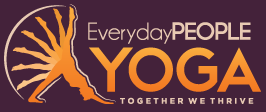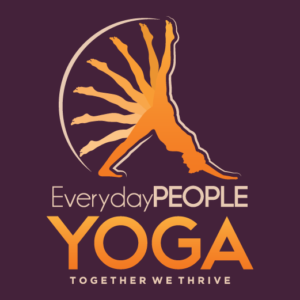The curriculum has been carefully selected to reflect yoga’s spiritual tradition. Prospective students are welcome to drop by to browse the current training manual, or call to speak with a member of our staff.
Yoga Philosophy
- A history of yoga, and the eightfold path
- Mental, physical, and spiritual preparations for the yoga practice
- States of mind and the roots of ignorance, including obstacles and their remedies
- Yogic diet, approaching the yoga practice as a way of life
- The qualities of a teacher, and the ethics of teaching both in and out of a classroom setting
- The Guru/disciple relationship
- Insights from spiritual Masters such as Krishna, Christ, Yogananda, Vivekananda, Amma, and others, as well as sacred texts including: the Upanishads, the Bhagavad Gita, the Yoga Sutras, and the Essene Gospels.
Teaching Methods
- Hundreds of modifications and variations for dozens of postures (asanas), including alignment, use of props, risks/benefits, preparatory and counterposes, and more.
- How to demonstrate/mirror poses, give visual and verbal instruction, as well as both hands-on and hands-off assists and adjustments
- The process of leading classes, teaching to special conditions, and business aspects of teaching
Yoga Techniques
- Powerful physical cleansing practices, including conscious detoxification for longevity
- All about fasting: dry, with water or juice, and/or herbs
- Ayurvedic wisdom for building Ojas – vitality
- Thai therapy and pranic healing techniques
- Meditations with light, sound, visualization, prayers and mantras
Anatomy and Physiology
- Applying Western principles of anatomy and physiology to enhance the yoga practice, and to safely guide students
- Eastern views of the human energy body, learning how to access chakras and nadis
Practice Teaching
- Teaching in small groups, learning the nuances of leading classes by gradually piecing poses together into a full class
- Offering both hands-on and hands-off assists, adjustments, and other healing techniques
Non-contact requirements:
In accordance with YA standards, students will complete a total of 20 non-contact hours. This may include a combination of the following: apprenticing, outside reading, class observation, and outside teaching. Details will be discussed during the training. After all contact hours have been fulfilled, students will have one year to complete non-contact hours.

